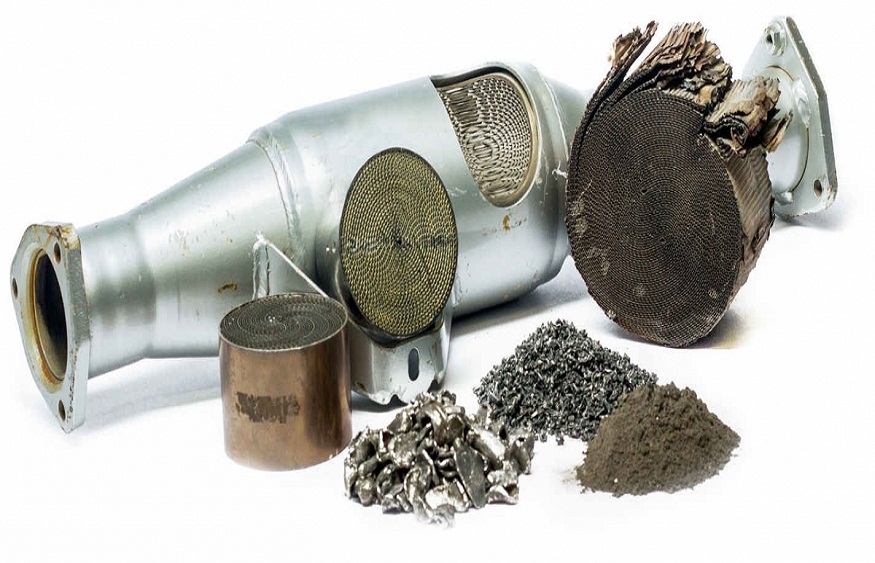Platinum recycling is essential to preserving natural resources, lessening the negative effects on the environment, and satisfying the rising demand for this valuable metal. It requires a thorough understanding of its complexities and the use of practical tactics. In this post, we’ll look at various strategies for effective platinum recycling.
Know Your Sources
Finding trustworthy sources of platinum waste is the first step towards a successful recycling process. End-of-life vehicle catalytic converters, electronics, jewellery, and industrial catalysts are examples of common sources. Developing connections with vendors, such as scrap metal merchants, auto workshops, and electronic trash recycling facilities, may help guarantee a consistent supply of platinum scrap.
Make a Quality Equipment Investment
Purchasing high-quality tools and equipment is necessary for effective platinum recycling. This comprises refining apparatus, smelting furnaces, shredders, and crushers. In addition to increasing output, top-notch machinery guarantees the purity and calibre of the recovered platinum.
Use Efficient Techniques for Sorting and Processing
Optimising platinum recovery from waste materials requires efficient sorting and processing methods. Platinum-containing materials can be separated from other metals and non-metallic components using sorting techniques such as magnetic separation, gravity separation, and hand sorting. After sorting, the platinum content is extracted using processing methods such as crushing, grinding, and melting.
Make Use of Cutting-edge Refining Technologies
To produce high-purity platinum that is acceptable for reuse, sophisticated refining techniques are required. Processes, including solvent extraction, chemical refining, and electrolytic refining, can help eliminate pollutants and impurities, ensuring the quality and worth of the recovered platinum.
Keep Up With Price and Market Trends
Achieving successful platinum recycling requires staying current with current market trends and prices. The price of platinum is subject to variation based on several factors, including supply and demand, economic circumstances, and geopolitical events. By being educated, recyclers can decide when to purchase, sell, or keep platinum scrap.
Prioritise Environmental and Safety Practices
Environmental and safety procedures should come first in platinum recycling activities. This entails managing and storing platinum scrap appropriately, abiding by environmental laws, and implementing safety measures to shield the public and employees from the risks involved in recycling metal.
Encourage Collaboration and Partnership
Encouraging cooperation between manufacturers, government agencies, refiners, and other industry players may help increase the efficacy and efficiency of platinum recycling initiatives. Through partnerships, resources that can improve the recycling process as a whole may be accessed, technology can be transferred, and expertise can be shared.
Embracing Innovation and Consistent Improvement
In the platinum recycling sector, success and competitiveness are primarily dependent on innovation and ongoing development. By investigating novel technologies, procedures, and business strategies, recyclers may lower expenses, boost productivity, and adjust to shifting market dynamics.
Conclusion
Thorough planning, a financial commitment to high-quality machinery, efficient sorting and processing methods, and observance of safety and environmental regulations are all necessary for the successful recycling of platinum. Platinum recyclers who implement these tips and tactics may increase platinum recovery from waste sources while limiting environmental effects and promoting sustainability. In the fast-paced and constantly evolving world of platinum recycling, cooperation, creativity, and constant development are crucial for success.





